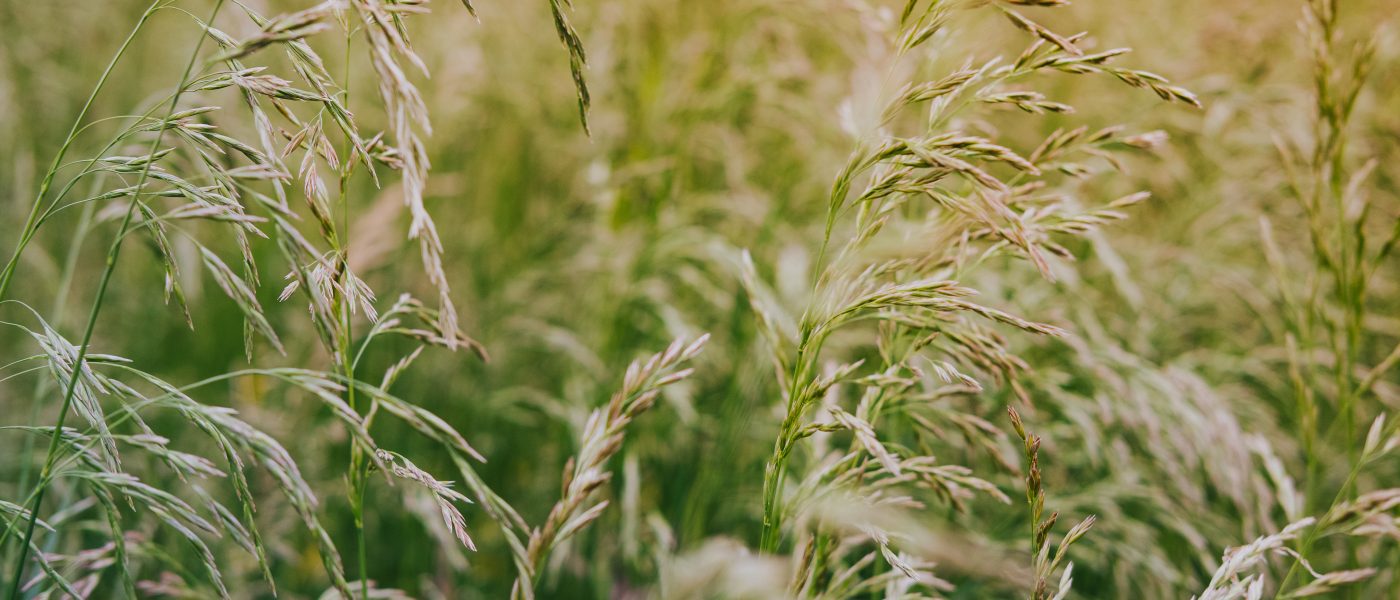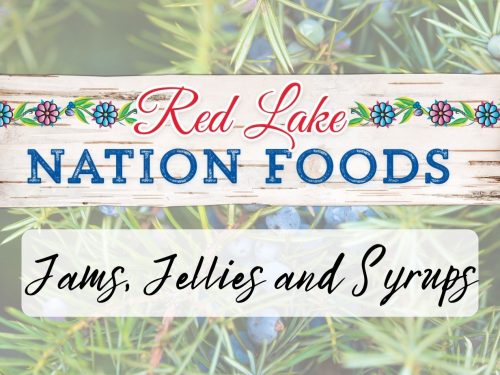
Wild rice has been a staple food for indigenous peoples in North America for thousands of years. To the Ojibwe it is known as “Manoomin” or the Good Berry and grows in natural stands in lakes, rivers, and other wetland areas. The origin of cultivated wild rice, on the other hand, is not entirely clear, but it is believed to have originated in the United States, specifically in the Great Lakes region, where wild rice/Manoomin traditionally grows.
In the late 1800s, efforts were made to cultivate wild rice in flooded fields, similar to the methods used to cultivate other grains like rice. This was done to increase yields and make wild rice more readily available for commercial use. Some say, the first successful attempts at cultivating wild rice in this way were made in the late 1800s in Minnesota, others date it later into the 1950’s-1970’s. Over time, cultivation methods were refined and improved, and today, cultivated wild rice is grown in a variety of regions in the United States and Canada. The University of MN has had a hand in developing the seed and the MN cultivated wild rice council works to regulate and protect the crop.
Cultivated wild rice has become an important agricultural crop, providing a valuable source of income for farmers and contributing to the economy of the regions where it is grown. It is also a popular food item, known for its distinctive nutty flavor and use in a variety of dishes, from salads to soups to casseroles.










